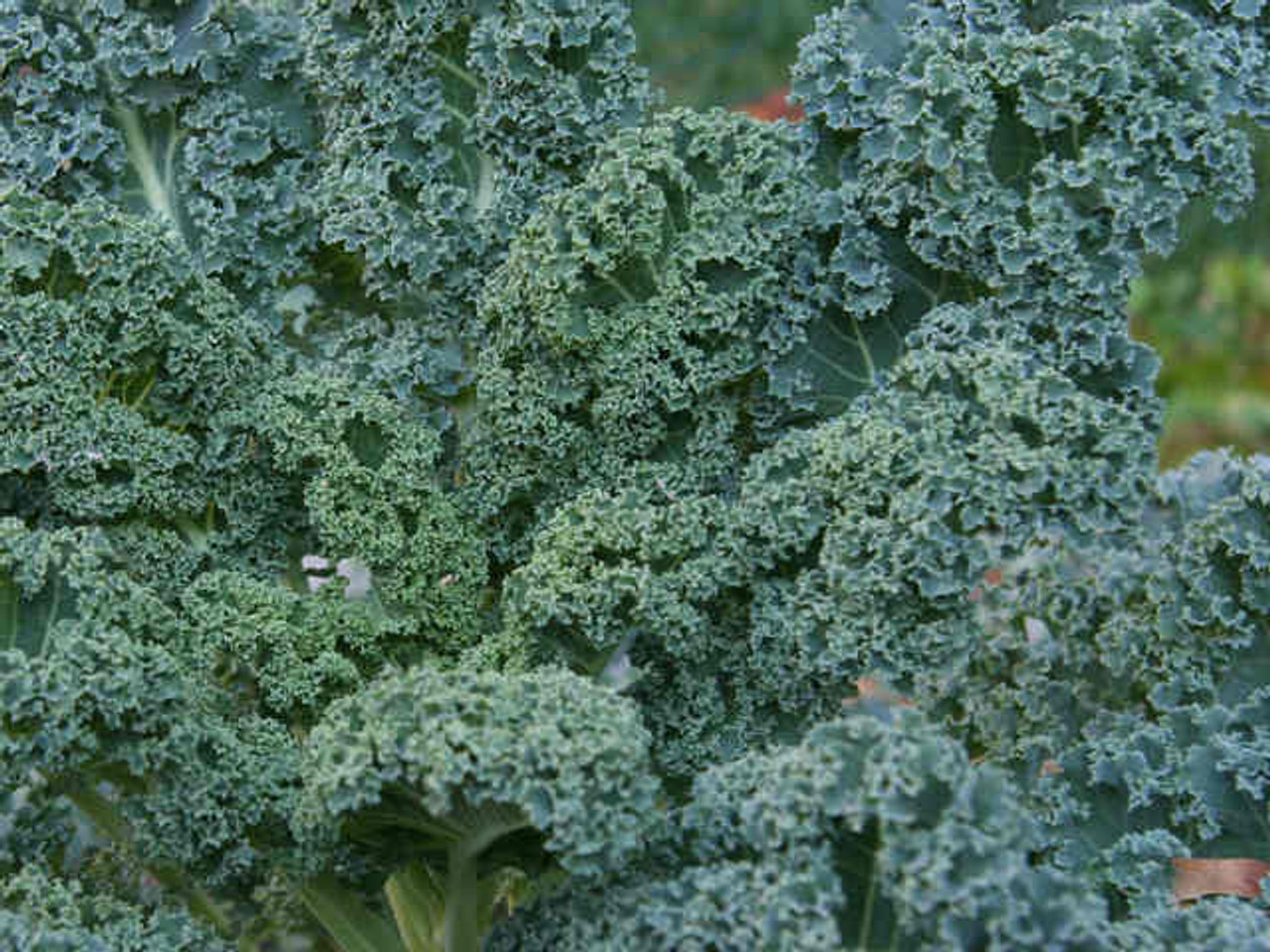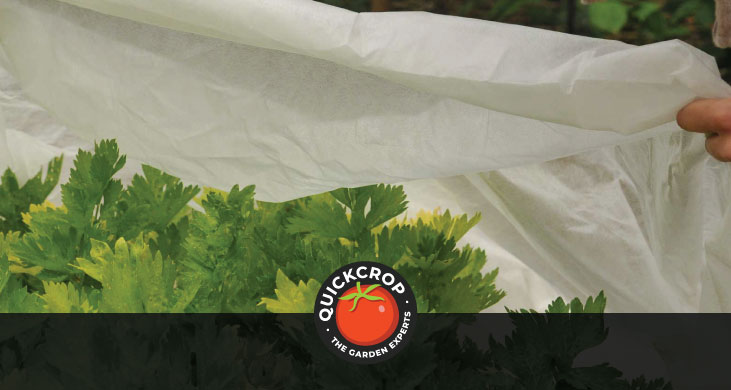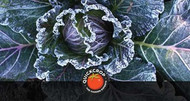How Frost Affects Your Plants

As winter approaches in the second half of the year it's important to consider protecting your plants from cold weather - and the damage that can be caused by frost. In a lot of ways though, it's spring where frost can be more of an issue. For obvious reasons most vegetable growers tend to leave the garden dormant over the winter. One of the challenges of sowing in spring is keeping your fingers crossed that you've sown seeds after the last of the pre-summer frosts.
All weather conditions play a part in maintaining the health of a plant, regulating water and nutrient supplies, or affecting its hardiness and vitality. Since we all know the importance of warmth and light for vegetable growth, it makes sense that a sudden frost is something no gardener wants to wake up to.

However, plants can differ quite widely when it comes to their vulnerability to frost and cold temperatures. Cool-season crops are more able to deal with low temperatures (although they might need a little help). 'Hardy' crops such as spinach or chard can stay in the ground through the winter; although growth will slow they will survive.
Some brassica crops such as kale can actually taste sweeter after a frosty spell. This comes about through a natural 'antifreeze' action where the plant's starch content is converted into sugar. This also accounts for the particularly sweet flavour of parsnips or carrots after frost.
Garlic meanwhile needs at least a couple of nights of very cold temperatures in order for the coveted multi-cloved bulbs to form.

Kale Dwarf Green Curled
View ProductAt the other end of the scale you will have tender crops that are very susceptible to freezing temperatures. An unexpected frost can devastate an unprotected tomato crop, for example.
Having said that, a sudden frost need not be a death-knell for less hardy plants. You will however need to take evasive action and be ready to provide protection or insulation, or better yet move plants indoors at short notice.

Wooden Cold Frame For Plant Protection
View ProductHow Does Frost Damage Plants?
- As temperatures drop, the cells in a plant will freeze - blocking the channels that carry vital fluids and nutrients.
- As ice is formed, the cell walls will dry out and eventually perish
- The sharp crystals formed by frost can damage cell walls, affecting isolated sections of the plant and causing foliage to die back.
- A fast thaw also has the potential to damage plants. This can happen in morning sunshine, with cell walls rupturing as they struggle to rehydrate quickly enough.
- Cold winds or frozen soil can lead to plant dehydration (or dessication) in evergreen plants; browning leaf tips are a tell-tale sign.

Frost damage to plants is not always obvious or immediate. Even the hardiest of plants can be affected by extended spells of cold weather, as their roots are unable to draw up water from the frozen ground.
Plants can boost their own hardiness in preparation for a cold period by altering their natural chemical composition. Thus the cell contents can remain liquid even when the temperatures drop below freezing point. However, for this process to begin there needs to be a sustained period of colder temperatures before the actual frost, signalling to the plant. This is why late or sudden frosts cause particular harm to fruit blossom and tender growth.

Complete Mini Polytunnel Kit With Poly Cover
View ProductFrost is clearly a threat to the growth of young seedlings in spring, which is a big factor in why we usually bring them on indoors with the help of a heated propagator.
Signs of Frost Damage in Your Plants
Plants with frost damage are easily identified. Foliage is usually affected first, looking wilted and discoloured. The stem will gradually blacken and become distorted, while the foliage eventually turns brown and crispy. The damage may affect parts of the plant, or in some cases it will kill it off completely.

Plant Hardiness
Not all plants are equal when it comes to vulnerability to frost damage. Some plants can stay in the ground all winter long to no detriment. Others will need protection when ground temperatures drop below zero (these are known as half hardy). With tender plants such as squash, temperatures below 5C can spell trouble.
Other factors can play into this as well, though - such as the geography or layout of your garden (‘frost pockets’ can form in lower-lying areas, while areas that are shaded from the sun will be colder but will also thaw more steadily in the mornings.

The RHS offer hardiness ratings for a list of plants, downloadable from their website. Seed packets will also advise about the latest frost date or the best time of year to plant. However, it’s important to remember that these are just guidelines and that the weather has a habit of upending expectations or predictions. Keep an eye on weather forecasts and have some kind of back-up tactic in place (such as fleece or a temporary indoor shelter) in the event of a sudden frost.
How to Protect Your Garden from Frost
A number of methods are available to the gardener when it comes to avoiding the ravages of freezing weather. There are a number of plant protection products that will help protect against frost (as well as other adverse weather conditions and pests): there is a further blog post on this linked below, but they include fleece, cloches, cold frames and raised bed mini-tunnels. In a pinch, household items like blankets can also help.

Horticultural Fleece in 2m x 100m bulk rolls
View ProductWhatever covering you use, it’s best to prop it up so that it’s not laying on the foliage. These are not foolproof methods of dealing with frosty conditions, and to give your plants the best chance you should combine with other methods like mulching, providing a heat source under the covering (incandescent Christmas lights are often suggested) or even just doubling up the insulation.
Plant protection starts before you even sow anything though. Be aware of your local climate, research what plants you want to grow and delay the sowing dates for certain varieties until you can be reasonably confident that you're past the last frost date.

Types of Frost Protection
Related Article



